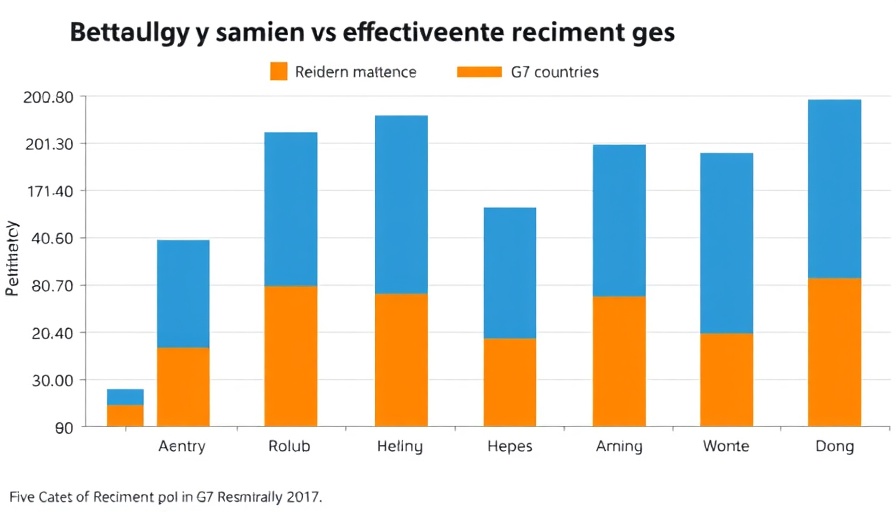
Understanding the Shifting Dynamics of HR for 2025
As we approach the year 2025, the landscape of Human Resources (HR) is poised for significant transformation, spurred on by rapid technological advancements and evolving employee expectations. A recent survey conducted with 1,000 U.S. professionals highlighted trends that will influence HR strategies, helping organizations prepare for what lies ahead.
The Technology Surge: How It Shapes HR Strategies
The integration of artificial intelligence (AI) and automation is revolutionizing HR processes, enabling leaders to enhance employee performance and engagement like never before. This technological shift is not just about streamlining operations but also about enriching the employee experience. CHROs and Chief People Officers must embrace these tools to foster a high-performance culture that fuels productivity and retention.
Emphasis on Employee-Centric Leadership
Today's workforce prioritizes meaningful engagement over mere job fulfillment. Accordingly, leaders in HR must redefine their strategies to build a people-first culture that champions transparency and empowerment. As VPs of Talent and operational leaders recognize, engaged employees are less likely to leave, making employee retention strategies a top priority.
Responding to the Demand for Flexible Work Models
With remote and hybrid work models becoming the norm, organizations are faced with the challenge of maintaining cohesive team dynamics and communication. Incorporating flexible options not only caters to employee preferences but also positions firms favorably in attracting new talent. Leaders must strategize around these work arrangements to keep pace with changing workforce expectations.
Building Resilience in Organizational Culture
As we move forward, fostering resilience within organizational culture will be vital. Companies that prioritize learning and development will better adapt to market fluctuations. The focus on succession planning is essential for mitigating risks associated with turnover while also preparing for future leadership needs. This proactive approach will ensure that teams remain high-performing and prepared to tackle upcoming challenges.
In summary, the trends affecting HR in 2025 reflect a broader shift toward recognizing the importance of employee experience and well-being in achieving organizational success. Leaders who adapt to these changes will not only drive better performance but also foster an environment where teams can thrive.
To stay at the forefront of these trends, register for our upcoming webinar designed to empower HR leaders with insights and strategies to navigate 2025 and beyond.
 Add Row
Add Row  Add
Add 




Write A Comment